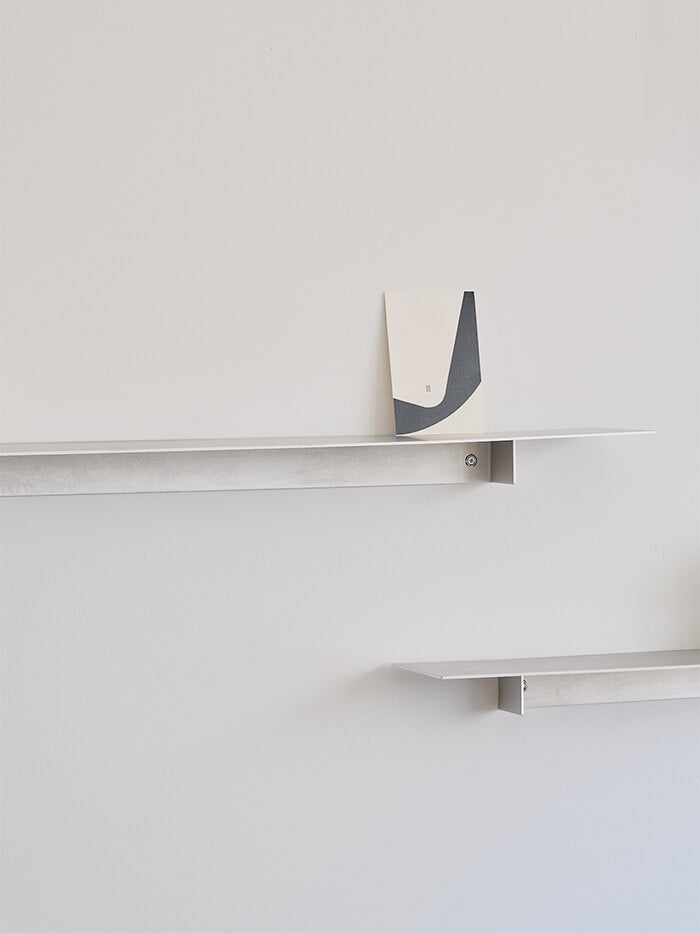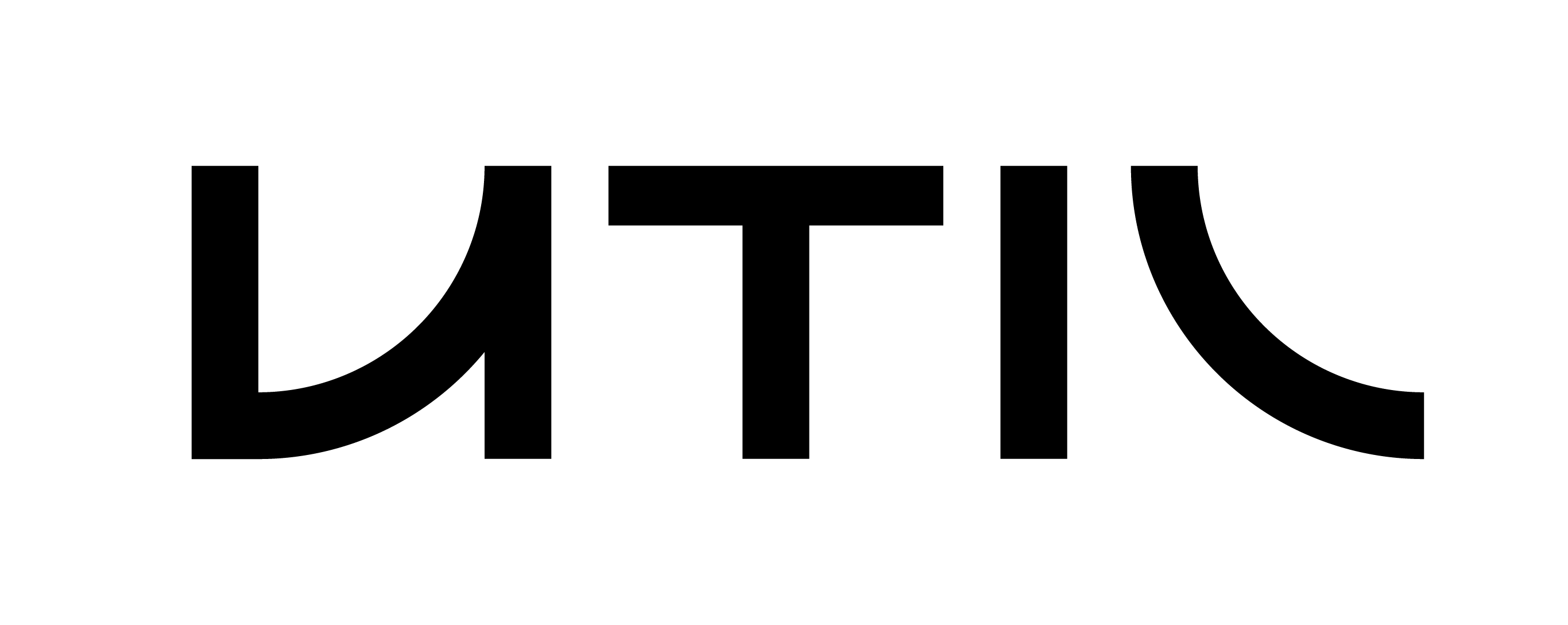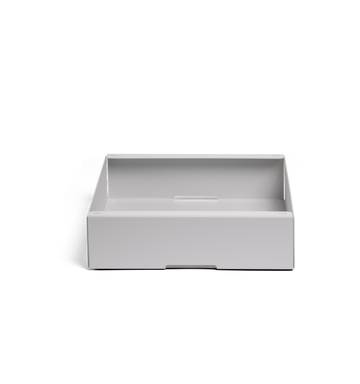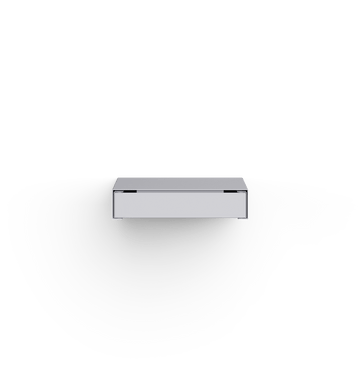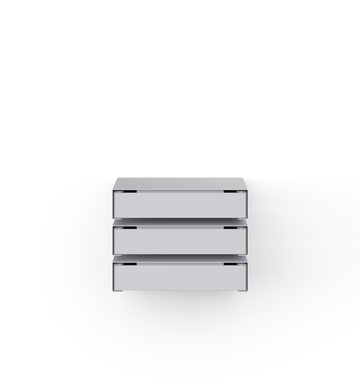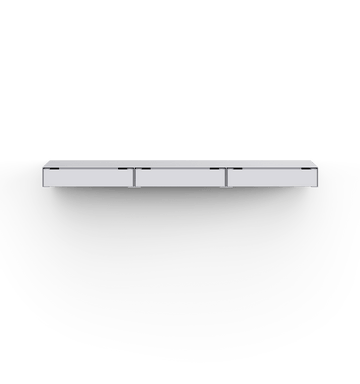We stopped by Bráulio’s studio, a small but packed space tucked into a quiet New York building, to catch up with him. The walls are covered in posters and prints. In the corner, a guillotine stands next to a head-shaped bin. Every surface carries a trace of past and future work. For a couple of hours, we talked about how it all began, how he works, and how a tattoo of a snail keeps him grounded.


Bráulio Amado is a Portuguese graphic designer, illustrator, and art director based in New York City. His career has included stints at award-winning agencies such as Pentagram, Bloomberg Businessweek and Wieden+Kennedy, before creating his own studio where he now works for clients in the likes of Nike, The New York Times, Beck, and Good Room. He’s known for his record covers, editorial work, wild poster designs, and an unmistakably fresh, playful visual language. In 2015, he received the Young Guns Award from the Art Directors Club of New York, and his work has since been exhibited in cities across the world, from Lisbon to Tokyo to New York.

Can you tell us a bit about how it all started for you?
I grew up in Almada, near Lisbon, and started designing posters for local bands when I was still in high school. I didn’t even realise I was doing graphic design at the time. I was just messing around on Photoshop because it was fun. That eventually led me to study design and start working in a few agencies while I was still in school. Then I got a scholarship to finish a semester abroad, and one of my teachers helped me land an internship at Pentagram in New York. That was about 15 years ago. I stayed.


What was it like to work in such places?
It was a formative period for me. It’s all about working fast, everything moving too quickly. Working at Bloomberg Businessweek, for example, it was weekly, so you only had a few days to put things together. But it was also experimental, very open creatively. That helped shape how I approach projects now. And during that time, I also started doing more club posters, especially for Good Room here in NYC. That side of things gradually became a bigger part of my work.
What’s a typical day for you now?
Honestly? It’s not glamorous. I walk to the studio — I live about 20 minutes away. I’m usually here alone. Sometimes friends drop by, or we work on things together, but mostly it’s just me. I go to the cinema a lot, which helps me reset and get inspired. My day is probably not that different from any designer working solo. It’s just that it’s happening in New York and not Lisbon.

Let’s talk about your studio. There’s a guillotine here — what’s the story?
(Laughs) Yeah, the infamous guillotine. During COVID, I moved into this studio after sharing space with others for years. I finally had my own spot, so I started building it out with help from some friends. A friend who works in metal helped me make a custom desk, and I asked her to create this weird piece, a mini guillotine with a little head-shaped bucket to catch the “heads.” It was mostly for fun, something absurd. My work can be pretty colourful and cartoony, but I like mixing in unexpected or dark details. It balances things out.


And the snail tattoo?
This one’s from a Portuguese illustrator I like, Mantraste. I’m quite an anxious person, always going fast, always doing too much. The snail is a reminder to slow down. It doesn’t always work, but it’s here.



Your work often plays with the balance between fun and serious, raw and refined. Do you agree? If so, is it intentional?
Yeah, I think so. I’m not trying to be funny, but I’m also not trying to be overly serious. A lot of the playfulness comes from just... Being who I am. I think humour and colour can make people engage more, especially when the world is as heavy as it is right now. But I do take the work seriously. It’s a sort of tension I’m comfortable with.
You’ve done a lot in the music world, from album covers to posters. What draws you to that space?
There’s just more freedom. Working with musicians often means fewer rules, and sometimes they just want you to go wild. I worked with Andre 3000 recently, which was great. He was super involved, really open. With big names, you sometimes get total freedom because they trust your work, or sometimes you get nothing to work with. Smaller bands are great too. I love working with people who are passionate. Even if there’s no budget, if the vibe is right and I like the music or the people, I’ll do it. I just need space to explore. That’s what keeps it exciting for me.
How would you define your visual language?
It changes all the time. I try to make each project feel a little different. I think it still looks like “me” in the end because, well, I made it. But I’m always trying to create something that looks like it could have been made by someone else. It keeps me on my toes. I mix digital and analogue, I paint, I scan, I cut things up.

Are there influences that have stayed with you over the years?
For sure. I grew up with punk and DIY aesthetics: flyers, zines, photocopies. That rawness still speaks to me. And there are a bunch of artists and designers I look up to, people I interned with, Portuguese artists, friends. But I’m continuously looking around. I go to galleries and just let myself be surprised. I like that I can still be amazed by something I didn’t expect to enjoy. I want to keep that openness.
Final question: What keeps you going?
Making stuff. That’s it. Whether it’s for a client or just for myself, the act of creating keeps me sane. I still get excited about a blank page. That’s enough.






